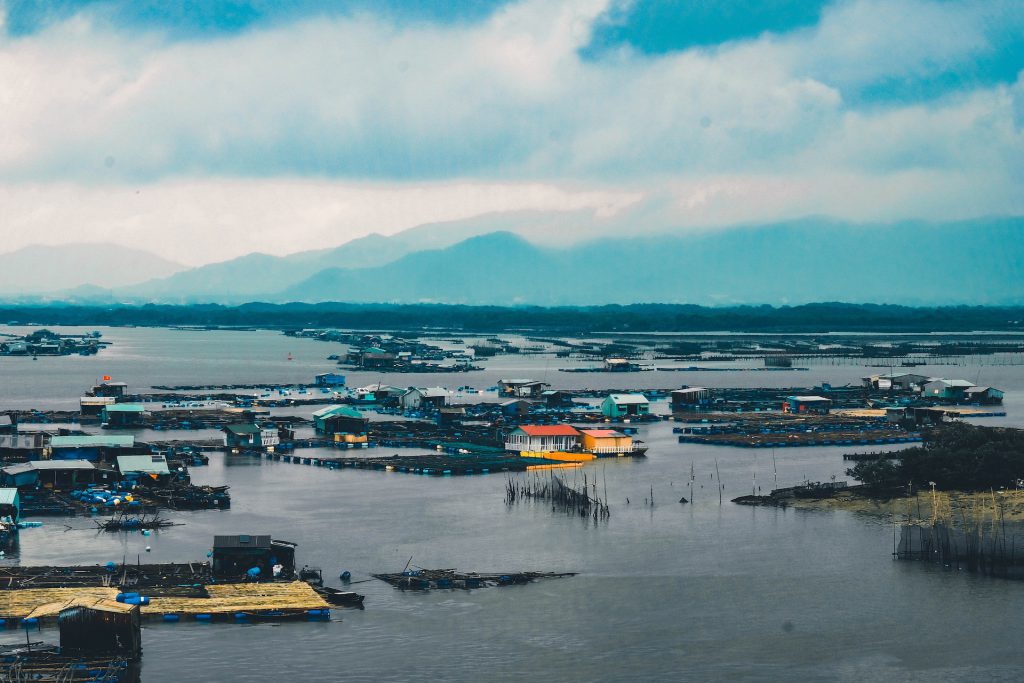In the quest for progress and development, humanity has often taken bold steps, sometimes at the expense of nature. Over the past few decades, one such audacious move has been the rapid urbanization of flood-prone areas, outpacing the development in safer zones. This trend, highlighted by a recent study, raises several concerns about the future of these regions and the potential risks they face.

The alarming trend
A study published in the renowned journal, Nature, has shed light on this growing phenomenon. Since 1985, urban development in flood-prone areas has surpassed that in areas deemed safe. This trend is particularly pronounced in Asia, with countries like China, Bangladesh, and Vietnam leading the way. But what drives this inclination towards potentially hazardous zones?
Understanding the allure of flood-prone areas
Proximity to water
Flood-prone areas are often located near water bodies, making them attractive for their scenic beauty and direct access to aquatic resources. Waterfront properties have always been in demand, offering residents picturesque views and a serene environment.
Economic factors
Land in these areas often comes at a lower price, making it an enticing option for real estate developers looking for cost-effective investments. The prospect of higher returns on waterfront properties further fuels this trend.
Space constraints
As urban areas continue to expand, spaces in safer zones are becoming increasingly saturated. This has led to a natural progression towards areas that were previously deemed unsuitable for development.
The risks involved
Environmental concerns
Building in flood-prone areas can lead to significant environmental degradation. Natural water flow can be disrupted, leading to increased soil erosion and loss of habitat for aquatic life.
Infrastructure challenges
Infrastructure in these areas is more susceptible to damage from flooding. Roads, bridges, and buildings require frequent maintenance and repair, leading to higher costs in the long run.
Human safety
The most pressing concern is, of course, the safety of the residents. Floods can lead to loss of life and property, displacing families and causing trauma.
Is there a way forward?
While the trend of urbanizing flood-prone areas is concerning, it’s not too late to take corrective measures. Urban planners and policymakers need to prioritize sustainable development, ensuring that any construction in these areas is resilient to flooding. Investing in advanced drainage systems, raising buildings on stilts, and creating natural barriers like mangroves can help mitigate the risks.
Furthermore, there’s a need for increased awareness among potential buyers. Real estate agencies and developers should provide clear information about the risks associated with living in flood-prone areas. This transparency can help individuals make informed decisions about their investments.
Conclusion
The rising trend of urbanization in flood-prone areas is a testament to humanity’s relentless pursuit of progress. However, it’s crucial to strike a balance between development and sustainability. By understanding the risks and taking proactive measures, we can ensure a safer and more sustainable future for all.

 Open Immovlan
Open Immovlan